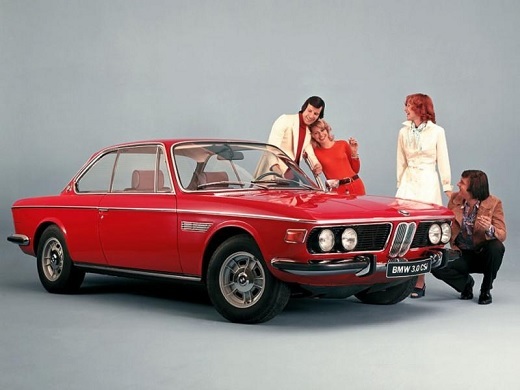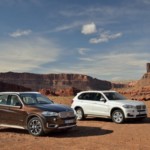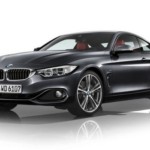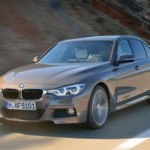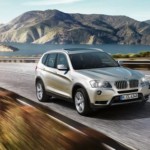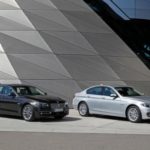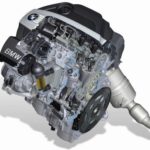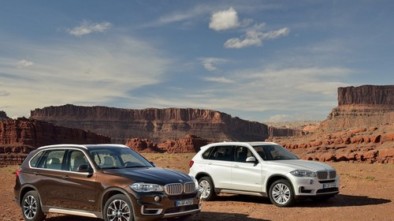BMW CS E9 - Model history
If you were looking for an example in the auto industry to build a very successful company, we think we should look no further than the legendary German BMW manufacturer.

BMW CS E9
The first such product debuted in 1923 while the cars came five years later, when BMW bought the small company Dixi, which was licensed to sell its versions of the British Austin Seven. By 1933, BMW was producing cars of its own design, which were large and expensive but also provided enviable performance. Particularly prominent was the Model 328, which dominated various classes across Europe until World War II stopped production in 1939. During the war, BMW turned to military production again, to stop production again in 1945 when the Americans and the British took over control over the company. BMW's new president, Kurt Donath, was licensed to produce the engine in 1947 while the cars came four years later.
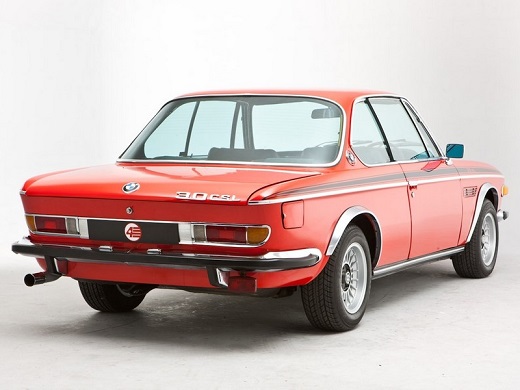
BMW CS E9
The period of the 1950s was difficult for BMW, so the supply of engines and cars did not sell in high numbers. By the late 1950s, the company was even on the verge of bankruptcy, and it is believed that the only reason why Deutsche Bank did not shut down the company is that many customers had investments in BMW, meaning the bank would suffer even greater losses. During that period, BMW had several cars in the so-called 500 range, which included a 501 sedan, 503 coupe and 507 rodster. Despite its modern design and powerful V8 engines, all three cars cost too much to make a difference in the market. Europe was still recovering from the war, and even Americans did not want cars from an unknown company with twice the price of Cadillacs. The president of Donath is trying to attract new customers with an Isetta microcar under the license of Italian ISO, and soon followed by a bigger 700.
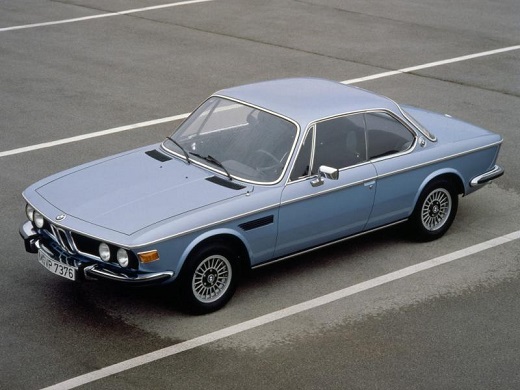
BMW CS E9
Although both models sold solidly, they still failed to make up for the 500 line losses. The big rival Daimler-Benz was interested in buying a BMW, but during the 1960s the brothers Herbert and Harald Quandt took over the majority shares of the company. The brothers put their men in the lead and with the new loan of 50 million marks, the light of day saw Neue Klasse (New Class), which will become one of the most important models of the company. Paul Hahnemann is set for sale and the decision falls that Neue Klasse should compete in a slightly cheaper class. With a starting price of 9,425 marks, the 1500 sedan was twice as expensive as the 700, but again cost only a third of the previous 501 sedan. By 1969, Neue Klasse had stabilized the company and BMW decided that it did not want to compete with Ford, Opel i Volkswagen rather, the goal is for the company to have a special product that customers will not regret paying a premium price for.
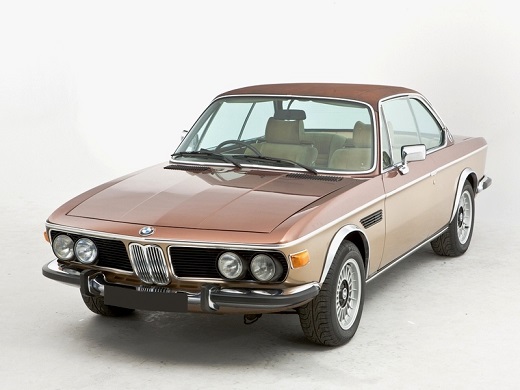
BMW CS E9
Although the Neue Klasse sedan was a practical car, it certainly could not boast of an overly beautiful design. BMW also could not boast of exotic products, so the final decision fell to focus the company on performance. This was a big problem. Even the most sporty model from the Neue Class, the 1800-TI, accelerated to 100 km / h in as little as 11.5 seconds with a top speed of 175 km / h. But the 1800-TI had a lot of positives, such as excellent cornering stability as well as high quality compared to key rivals Alfa Romeo Giulia TI and Jaguar S-Type. BMW was certainly not as beautiful as the Italian and British competition, but it quickly gained cult status. In 1968, two new larger models came on the market, with I6 engines (2.5L and 2.8L), which were sold as 2500 and 2800 and were known as E3. Although they brought a lot of innovation, both models had the design already seen, but this did not bother customers.
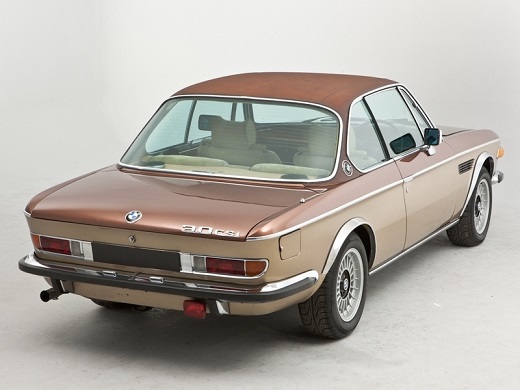
BMW CS E9
By 1968, 220,000 copies had been sold, and the success would later be followed by the equally successful 5-Series and 7-Series. Between the Neue Klasse and the new I6 models also debuted a new coupe offering initially known as the Model 120. Introduced in 1965, the Model 120 was actually a sporty version of the two-door Neue Klasse, with which it shared most of the mechanics, but their history traces its origins to several years earlier. Namely, during 1961, BMW introduced the expensive model 3200CS, a coupe with a V8 engine, based on the outdated platform of 500 models. The design was taken care of by Giorgetto Giugiaro while the shells were made by Bertone. Although very attractive in design, the 3200CS has not been a success since 1961. - In 1965, only 603 copies were sold. When designer Wilhelm Hofmeister started working on the Model 120, the aforementioned 3200CS was used as design inspiration, but since the car was based on the smaller Neue Klasse, the dimensions were also smaller.
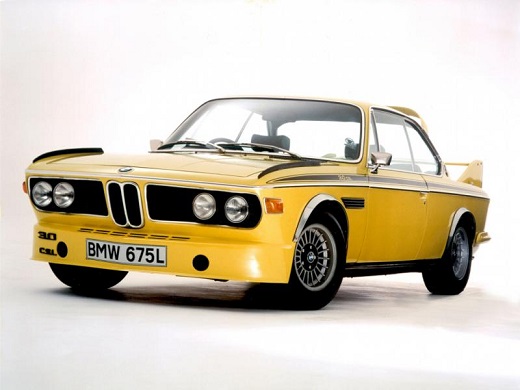
BMW CS E9
Although BMW and Bertone have had excellent collaborations in the past, Karmann was given the job of making a new car because of its significantly higher German quality. In the standard 2000C (2000CA with automatic transmission) form, the Model 120, or as it would later become known as the E9, could not boast of high performance. The new 2.0L engine was developing just 100hp, and even slightly more sporty 2000Chp 135CS accelerated to 100 km / h in just 10.6 seconds. However, BMW claimed that this car was not made for speed but that it was a German version of the popular Ford Thunderbird for the US market. Specifically, the Thunderbird was made for slower cruising even though it had sports lines, and BMW boasted that the E9 had not lost its practicality with the Neue Klasse. This coupe, however, was not significantly faster than the sedan, although it cost twice as much, and the cheaper Alfa Romeo Giulia certainly proved to be a better buy.

BMW CS E9
The Italian representative, however, was far nicer and had more modern technology, such as a five-speed manual transmission and disc brakes. As a logical move, BMW also decided to offer the I6 engine from the 3hp E170, which officially debuted in 1968. With slightly larger lines and 136kg more weight, the new 2800CS was significantly nicer than the 2000CS, and also had a larger performance. Acceleration to 100 km / h was now under nine seconds from a top speed of 205 km / h. In addition, careful driving made it possible to lower consumption to below ten liters per 100 kilometers, which no competitor in the class could boast. Unfortunately, the I6 engine added even more to the price, making the 2800CS more expensive than Jaguar E-Type i Porsche 911, which were significantly faster and showed equally well in curves. For this reason, only 1969 copies were sold in 3,500 and 5,242 a year later.
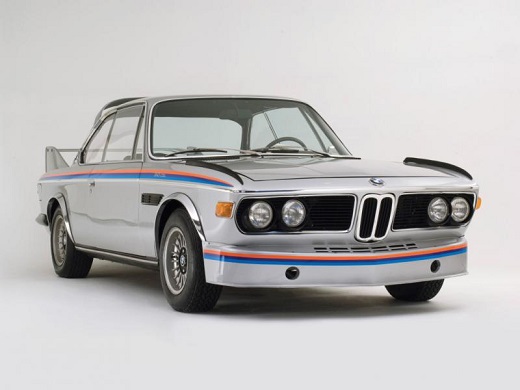
BMW CS E9
Knowing that nothing can raise the image of sports cars as success on the tracks, BMW decided to try it out in motor sports as well. Early attempts to succeed with a small Alpina company did not go too well, then debuted 1972 CSL in May 3.0 and completely changed the standards. With a weight of less than 140 kg and a new 3.5L I6 engine, this car began to dominate the tracks next year. The 3.0 CSL won 24 Hours of Le Mans in its class of 1973 and will be one of the best racers in Europe until 1979, with five titles in the class of touring cars. To satisfy the homologation, BMW also produced a number of copies for the audience. Specifically, 500 units were sold in the UK and 765 in the rest of Europe. The E9 will remain in production until the end of 1975, by which time 13,696 units with the I4 engine and 30,546 units with the I6 engine will be sold. Of the above, 1,096 copies were rare CSLs.
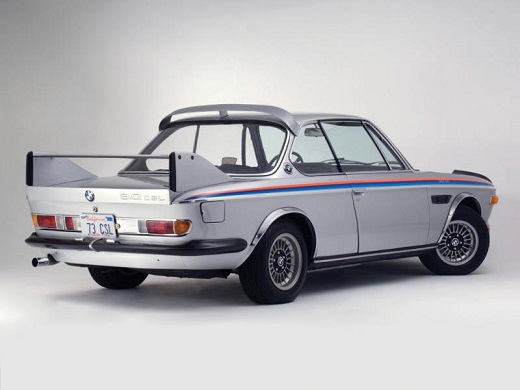
BMW CS E9
The replacement will come in the form of the 6-Series model, which will also have a lot of success in the market and is being produced to this day. Today, BMW is the largest manufacturer of premium cars in the world and created its empire through the "Ultimate Driving Machine" advertisement. It seems to us that what customers value the most is not performance, style, or even image, but the fact that BMW in the last 50 years he has been throwing out only the winners and not knowing about the failure. And it all started with E9…
Author: Talladega
Pictures: BMW
Retrieved from: www.brzabrzina.com
Recommendation of similar texts:

Hi there, I am Mladen and I am an auto enthusiast. I started this blog years ago to help like minded people share information about latest cars, car servicing ideas, used car info, exotic cars, and auto technology. You will find helpful articles and videos on a wide variety of cars - Audi, Mercedes, Toyota, Porsche, Volvo, BMW and much more. Ping us if you have anything cool to share on latest cars or on how to make older cars more efficient, or just want to say hi!

